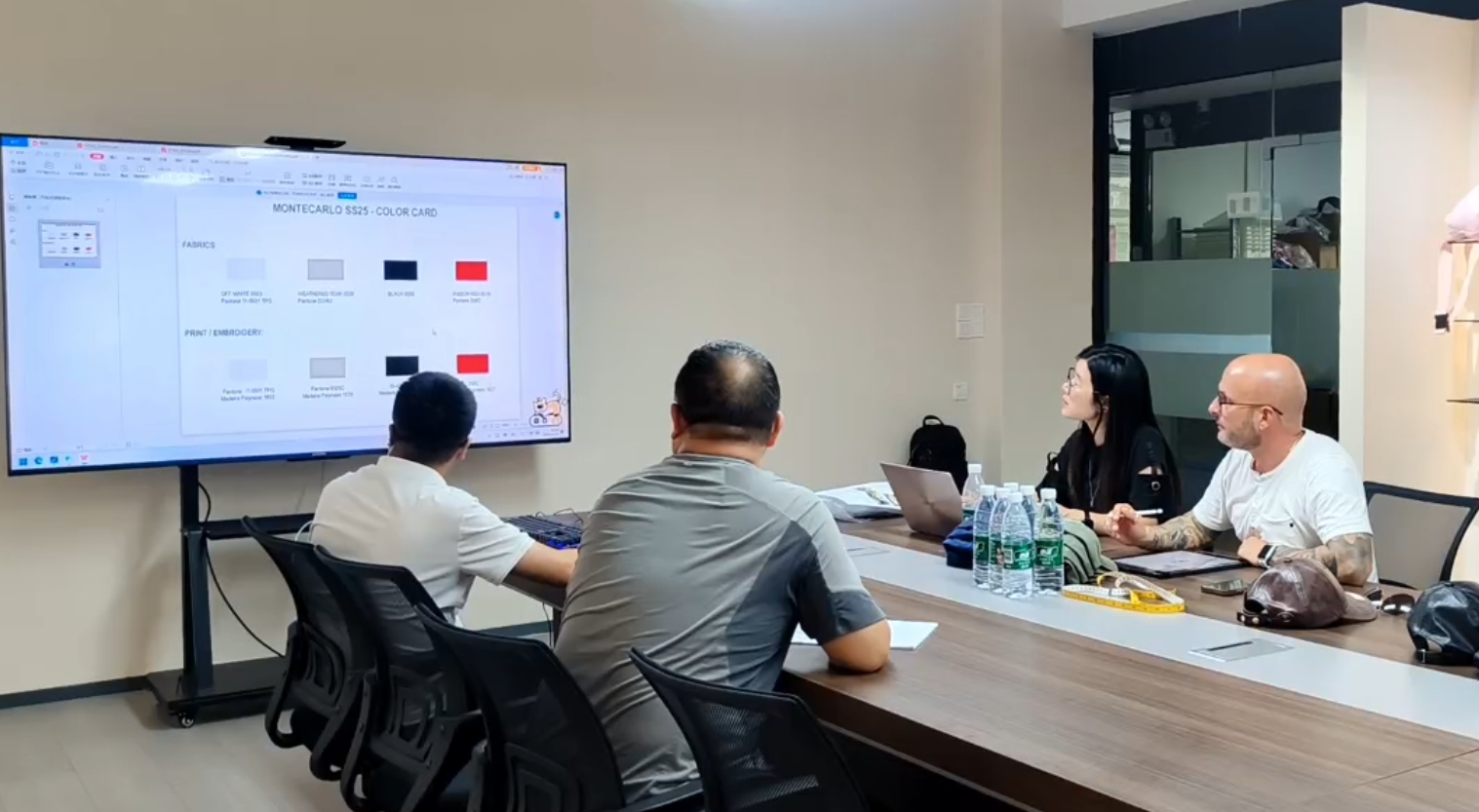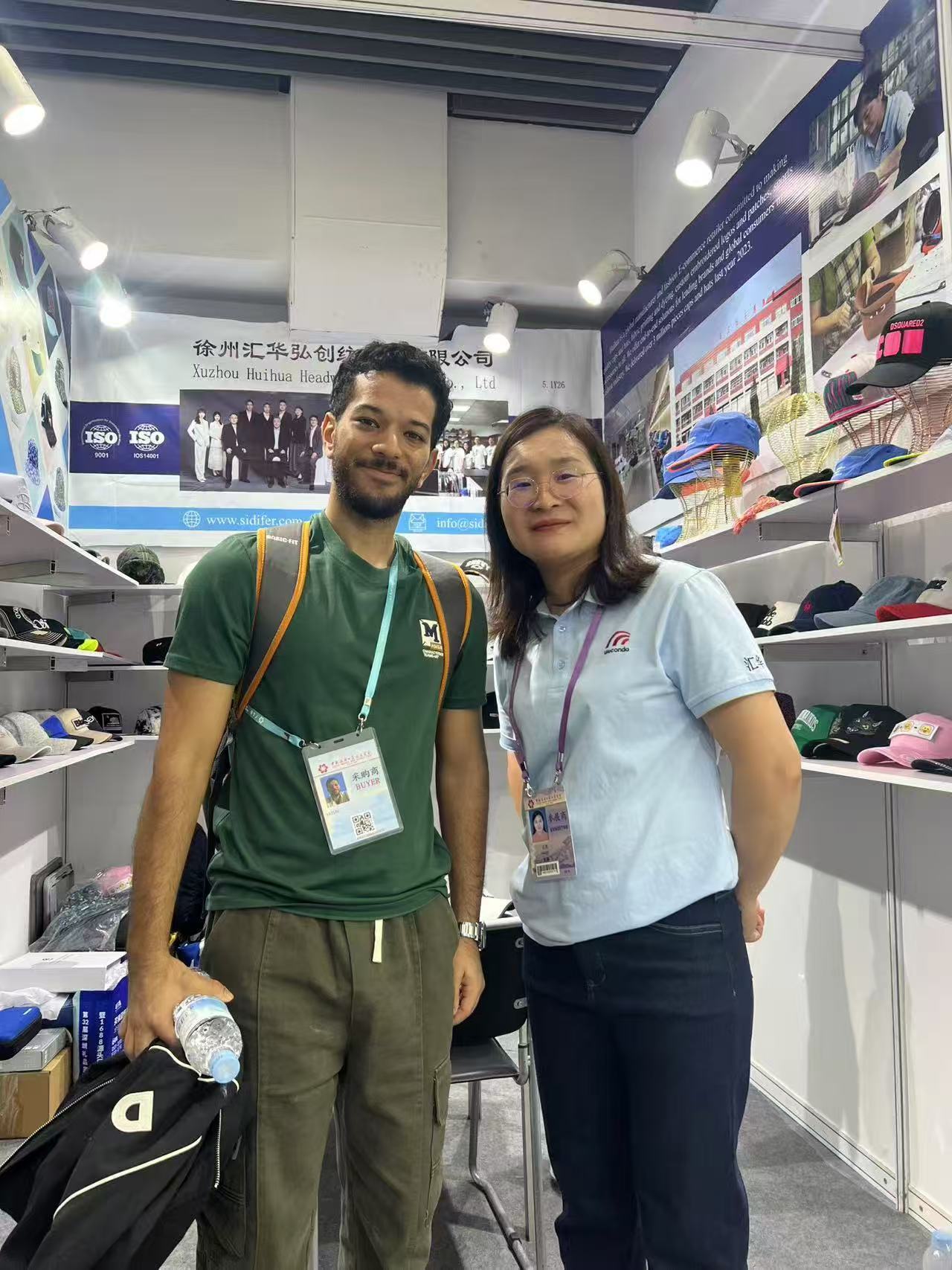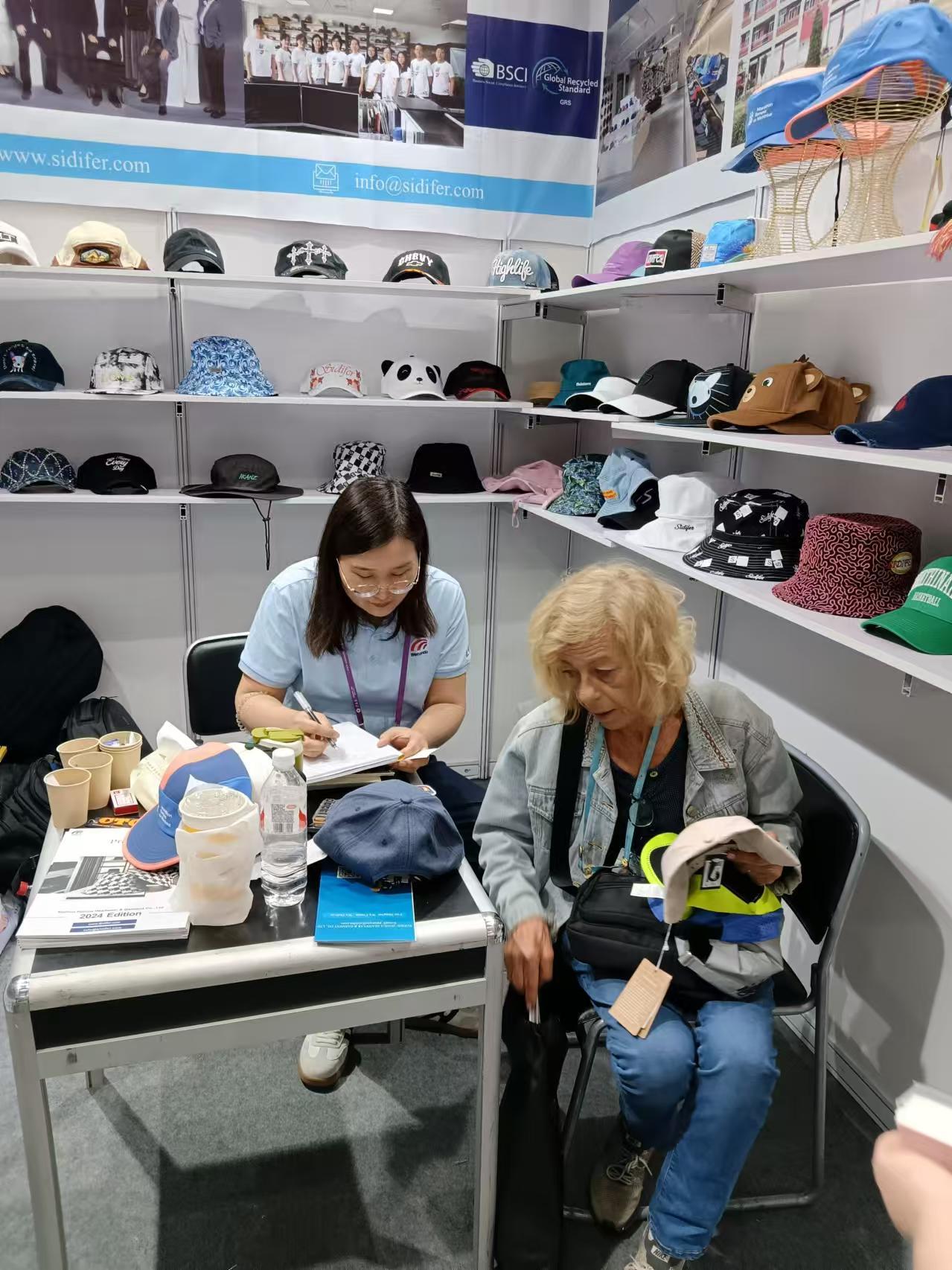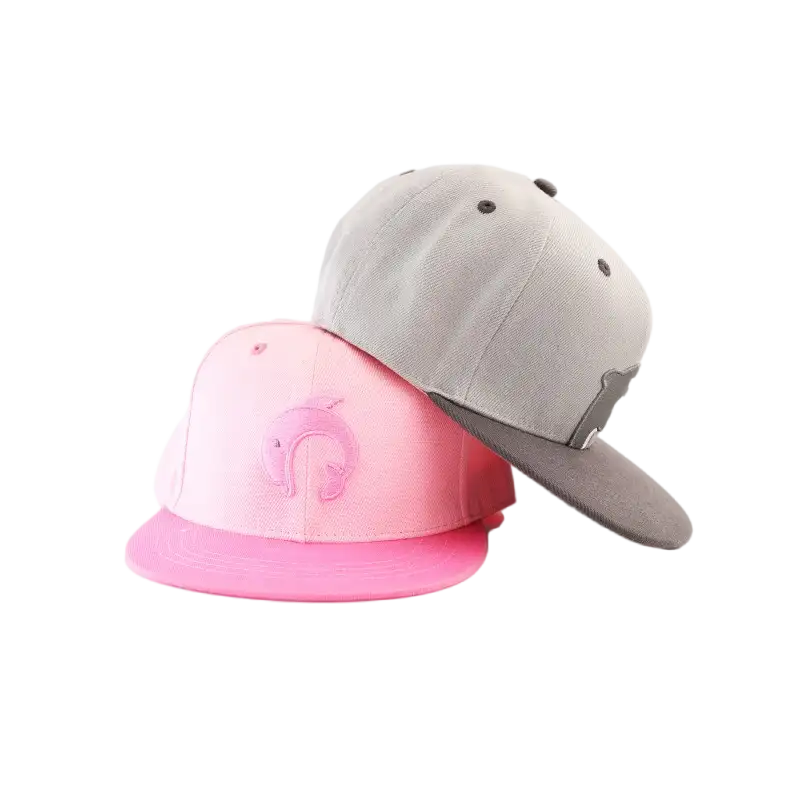Search
2025-07-12
---
Raffia cowboy hats hold a special place in the realm of fashion, combining functionality with style. As a manufacturer in the hat industry, understanding the nuances of raffia as a material is essential for producing high-quality products that cater to both aesthetic appeal and durability.
Raffia is a natural fiber derived from the leaves of the raffia palm tree, predominantly found in tropical regions. This material is prized for its lightweight and breathable properties, making it an excellent choice for hats designed to be worn in warm climates. A raffia cowboy hat offers sun protection while ensuring comfort, which is why it has become a staple accessory for outdoor activities like horse riding and gardening.
The manufacturing process of raffia cowboy hats involves several key steps. Initially, the raffia fibers must be harvested and processed. This includes drying and dyeing the fibers to achieve the desired color and texture. Once prepared, the fibers are braided or woven together to form the hat's structure. The craftsmanship involved in this process can vary significantly, with some manufacturers focusing on hand-made techniques that enhance the hat's unique character, while others may employ more industrial methods to increase production efficiency.
In addition to understanding the materials and manufacturing processes, it's important for manufacturers to stay informed about current design trends in the hat industry. Raffia cowboy hats are often embellished with decorative bands, unique stitching, or playful embellishments that reflect the latest fashion trends. As consumer preferences evolve, manufacturers must adapt their designs to meet the demands of the market, ensuring that their products remain appealing to a diverse customer base.
Furthermore, the cultural significance of cowboy hats, particularly those made from raffia, cannot be overlooked. These hats are not only functional items but also symbols of lifestyle and identity. They represent a connection to outdoor activities and rural traditions, making them popular among various demographics. By understanding the cultural context, manufacturers can better tailor their marketing strategies and product offerings to resonate with customers who value both style and heritage.
Sustainability is another important aspect to consider in the manufacturing of raffia cowboy hats. As consumers become more environmentally conscious, there’s a growing demand for products that are not only stylish but also eco-friendly. Sourcing raffia from sustainable practices and ensuring that production processes minimize waste can enhance the appeal of these hats in the market.
In summary, the world of raffia cowboy hat manufacturing is rich with tradition and innovation. By focusing on quality materials, skilled craftsmanship, and an understanding of market trends and cultural significance, manufacturers can create products that stand out in a crowded marketplace. Embracing sustainability practices can further enhance their reputation and appeal among consumers.
Raffia cowboy hats hold a special place in the realm of fashion, combining functionality with style. As a manufacturer in the hat industry, understanding the nuances of raffia as a material is essential for producing high-quality products that cater to both aesthetic appeal and durability.
Raffia is a natural fiber derived from the leaves of the raffia palm tree, predominantly found in tropical regions. This material is prized for its lightweight and breathable properties, making it an excellent choice for hats designed to be worn in warm climates. A raffia cowboy hat offers sun protection while ensuring comfort, which is why it has become a staple accessory for outdoor activities like horse riding and gardening.
The manufacturing process of raffia cowboy hats involves several key steps. Initially, the raffia fibers must be harvested and processed. This includes drying and dyeing the fibers to achieve the desired color and texture. Once prepared, the fibers are braided or woven together to form the hat's structure. The craftsmanship involved in this process can vary significantly, with some manufacturers focusing on hand-made techniques that enhance the hat's unique character, while others may employ more industrial methods to increase production efficiency.
In addition to understanding the materials and manufacturing processes, it's important for manufacturers to stay informed about current design trends in the hat industry. Raffia cowboy hats are often embellished with decorative bands, unique stitching, or playful embellishments that reflect the latest fashion trends. As consumer preferences evolve, manufacturers must adapt their designs to meet the demands of the market, ensuring that their products remain appealing to a diverse customer base.
Furthermore, the cultural significance of cowboy hats, particularly those made from raffia, cannot be overlooked. These hats are not only functional items but also symbols of lifestyle and identity. They represent a connection to outdoor activities and rural traditions, making them popular among various demographics. By understanding the cultural context, manufacturers can better tailor their marketing strategies and product offerings to resonate with customers who value both style and heritage.
Sustainability is another important aspect to consider in the manufacturing of raffia cowboy hats. As consumers become more environmentally conscious, there’s a growing demand for products that are not only stylish but also eco-friendly. Sourcing raffia from sustainable practices and ensuring that production processes minimize waste can enhance the appeal of these hats in the market.
In summary, the world of raffia cowboy hat manufacturing is rich with tradition and innovation. By focusing on quality materials, skilled craftsmanship, and an understanding of market trends and cultural significance, manufacturers can create products that stand out in a crowded marketplace. Embracing sustainability practices can further enhance their reputation and appeal among consumers.
Related News

















